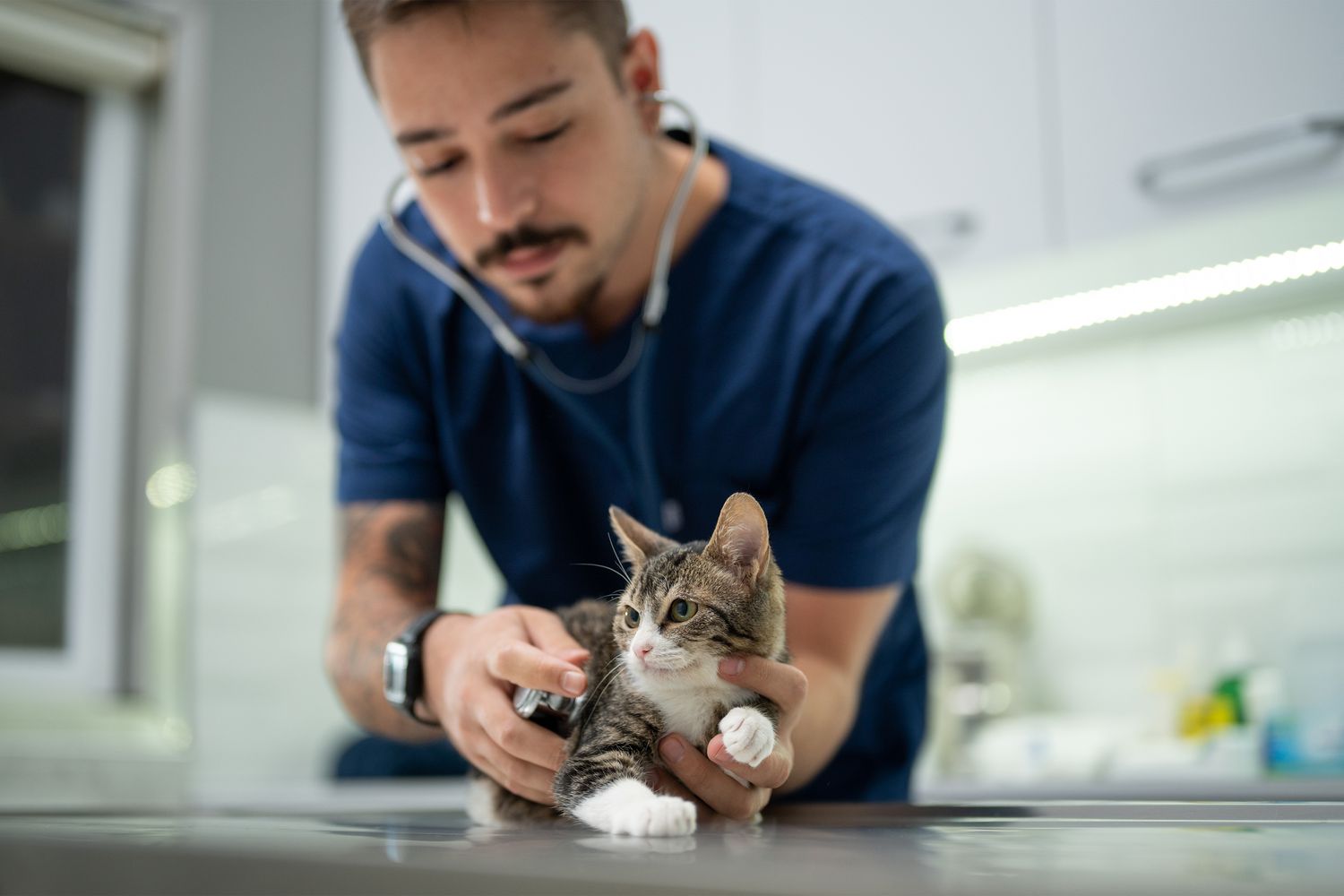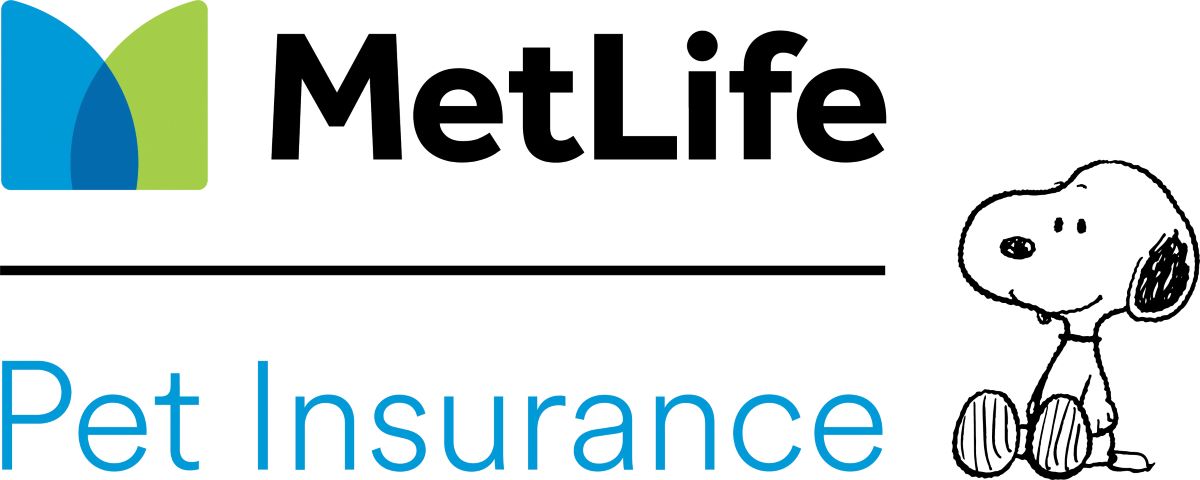

Finance
How Much Is Pet Insurance In Ohio
Modified: December 30, 2023
Get the best pet insurance in Ohio and protect your furry friend's health and your finances. Compare rates and find affordable coverage for your pet today.
(Many of the links in this article redirect to a specific reviewed product. Your purchase of these products through affiliate links helps to generate commission for LiveWell, at no extra cost. Learn more)
Table of Contents
Introduction
When it comes to keeping our furry friends healthy and happy, pet insurance can be a valuable financial tool. Just like humans, pets require healthcare services ranging from routine check-ups to emergency treatments. However, the cost of veterinary care can quickly add up, leaving pet owners with hefty bills. This is where pet insurance comes into play.
In the state of Ohio, pet insurance offers a safety net for pet owners, providing financial protection against unexpected veterinary expenses. Whether you have a dog, cat, or even a unique pet, having insurance can give you peace of mind and ensure that your pet receives the best possible care.
While pet insurance can save you money in the long run, it is important to understand the factors that can affect the cost of pet insurance in Ohio. By knowing these factors, you can make an informed decision about the coverage that best suits your pet’s needs and fits within your budget.
In this article, we will explore the factors that influence pet insurance costs in Ohio, as well as the average cost of pet insurance for dogs and cats in the state. We will also provide guidance on choosing the right pet insurance plan for your furry companion. So, let’s dive in and discover what you need to know about pet insurance in Ohio.
Factors Affecting Pet Insurance Costs in Ohio
While there isn’t a fixed premium for pet insurance in Ohio, the cost of coverage depends on several factors. Understanding these factors can help you anticipate the potential cost and select a plan that suits your budget. Here are some key factors that can affect pet insurance costs in Ohio:
- Pet’s Age: The age of your pet plays a significant role in determining the insurance premium. Generally, younger pets have lower premiums as they are less likely to have pre-existing conditions or age-related health issues.
- Breed: Certain dog breeds are more prone to specific health conditions. Insurance providers take this into consideration when calculating premiums. Breeds with known health issues may have higher insurance costs.
- Location: The geographical location within Ohio can influence pet insurance premiums. Factors such as the cost of veterinary care in your area and regional risk factors may impact the cost of coverage.
- Medical History: Your pet’s past medical history is another crucial aspect. Pets with pre-existing conditions or a history of certain illnesses may have higher premiums or exclusions for those conditions.
- Deductible and Coverage Limits: The amount you choose as a deductible and the coverage limits you select will affect your pet insurance costs. Higher coverage limits and lower deductibles typically result in higher premiums.
- Additional Coverage: Some pet insurance plans offer add-ons for services like dental care or alternative therapies. Opting for these additional coverages will increase the cost of your premium.
It’s important to carefully assess these factors and consider your pet’s unique needs when choosing a pet insurance plan in Ohio. Take the time to compare different insurers and their offerings to find the best fit for your furry companion.
Average Cost of Pet Insurance for Dogs in Ohio
The average cost of pet insurance for dogs in Ohio can vary depending on the factors mentioned earlier. On average, pet owners can expect to pay around $30 to $50 per month for dog insurance coverage in the state. However, it’s important to note that this is just an estimate and prices can vary depending on the specific circumstances and the insurance provider you choose.
The breed of your dog is a major factor that can influence the cost of pet insurance. Generally, larger breeds and those that are more prone to health issues may have higher premiums. For example, insuring a Labrador Retriever or a German Shepherd might cost more compared to insuring a mixed-breed dog.
In addition to breed, the age of your dog also plays a significant role in determining the cost of insurance. The premiums for younger dogs are generally lower since they have a lower risk of developing age-related health conditions or pre-existing conditions.
Other factors that can affect the cost include the coverage limits, deductible amount, and the specific insurance provider you choose. Some pet insurance plans may offer more comprehensive coverage but at a higher cost, while others may have more budget-friendly options with limitations on coverage.
Keep in mind that pet insurance is an investment in the health and well-being of your furry companion. While it may seem like an additional expense, having insurance can provide financial protection and peace of mind, knowing that you can provide the necessary healthcare for your dog without worrying about the cost.
It is advisable to obtain quotes from multiple insurance providers to compare prices and coverage options. By doing thorough research, you can find a pet insurance plan that suits your budget and provides the appropriate coverage for your beloved canine friend.
Average Cost of Pet Insurance for Cats in Ohio
Just like with dogs, the cost of pet insurance for cats in Ohio can vary depending on several factors. On average, pet owners can expect to pay around $20 to $40 per month for cat insurance coverage in the state. However, it’s important to note that these are general estimates, and the actual cost can vary based on factors such as breed, age, and the insurance provider you choose.
The breed of your cat typically doesn’t have as significant an impact on the cost of insurance compared to dogs. However, certain cat breeds may still be associated with higher premiums based on their susceptibility to certain health conditions or genetic predispositions.
Similar to dogs, the age of your cat is an important factor that affects the cost of pet insurance. Younger cats typically have lower premiums as they are less likely to have pre-existing conditions or age-related health issues.
In addition to breed and age, other factors that can influence the cost of cat insurance include the coverage limits, deductible amount, and the specific insurance provider. Some plans may offer more comprehensive coverage at a higher premium, while others may have more affordable options but with certain limitations.
While it’s understandable that pet owners want to keep their expenses in check, it’s essential to consider the long-term benefits of having cat insurance. Feline companions can develop health issues or require emergency care, and having insurance can help offset the costs and ensure they receive the necessary medical treatment.
To find the right pet insurance plan for your cat, take the time to research and obtain quotes from different providers. Compare the coverage options, prices, exclusions, and customer reviews to make an informed decision. Investing in cat insurance can bring you peace of mind, knowing that your beloved feline friend will receive the best veterinary care when needed without the added financial burden.
How to Choose the Right Pet Insurance Plan in Ohio
Choosing the right pet insurance plan in Ohio is an important decision that requires careful consideration. Here are some key factors to keep in mind when selecting a pet insurance plan:
- Coverage Options: Review the coverage options provided by different insurers. Make sure the plan covers a wide range of services, including accidents, illnesses, and preventive care. Consider any specific needs your pet may have and choose a plan that fits those requirements.
- Cost and Value: While price is important, it’s not the only factor to consider. Evaluate the cost relative to the coverage provided and the potential benefits. Look for a balance between affordability and comprehensive coverage.
- Exclusions and Waiting Periods: Read the policy carefully to understand any exclusions or waiting periods. Some plans may not cover pre-existing conditions or have waiting periods before certain coverage becomes effective.
- Customer Reviews and Reputation: Research the insurer’s reputation and read customer reviews. Look for feedback on their claims process, customer service, and overall satisfaction. A reputable insurance provider will have positive reviews and a good track record.
- Deductibles and Reimbursement: Consider the deductible amount and the reimbursement percentage offered by the insurance plan. Higher deductibles may result in lower premiums, but you’ll need to pay more out of pocket before receiving reimbursement.
- Added Benefits and Customer Support: Some insurance plans offer additional benefits, such as telemedicine consultations or access to a 24/7 helpline. Evaluate these added perks and consider how they align with your pet’s needs.
- Flexibility and Customization: Look for insurance plans that allow you to customize your coverage to suit your pet’s needs. Flexibility in selecting various options and adjusting coverage levels can be beneficial in tailoring the plan to your specific requirements.
By considering these factors, you can make an informed decision and choose a pet insurance plan that provides the right level of coverage for your pet’s needs, fits within your budget, and offers reliable customer support.
Remember to carefully review the terms and conditions of the policy and ask questions if anything is unclear. A comprehensive and suitable pet insurance plan will provide you with peace of mind, knowing that your furry friend is protected in case of unexpected health issues or accidents.
Frequently Asked Questions about Pet Insurance in Ohio
Here are some common questions that pet owners in Ohio may have about pet insurance:
- Is pet insurance necessary?
- What does pet insurance cover?
- Can I get pet insurance for older pets?
- Can I use any veterinarian with pet insurance?
- Are routine check-ups and vaccinations covered?
- How does the claims process work?
- Can I get pet insurance for exotic pets?
Pet insurance is not mandatory, but it can provide financial protection and peace of mind in case your pet requires medical care. It can help cover the cost of unexpected veterinary expenses, ensuring that your pet receives the necessary treatment without causing a significant financial burden.
Pet insurance typically covers accidents, illnesses, and sometimes preventive care. The specific coverage may vary depending on the insurer and the plan you choose. Some plans even offer additional coverage for services like dental care or alternative therapies. Read the policy carefully to understand what is covered and any exclusions.
Yes, many pet insurance providers offer coverage for older pets. However, premiums for older pets may be higher, and there may be limitations or exclusions for pre-existing conditions. It’s important to review the policy terms and conditions to understand the coverage and any age restrictions.
Most pet insurance plans allow you to choose any licensed veterinarian, including specialists and emergency clinics. However, some plans may have a network of preferred providers, and using an out-of-network veterinarian may result in different reimbursement rates. Check with your insurance provider to understand their network and reimbursement policies.
Some pet insurance plans may offer coverage for routine check-ups and vaccinations as part of their preventive care package. However, not all plans include this coverage. It’s important to review the policy details or ask the insurance provider about the inclusion of preventive care services.
The claims process may vary depending on the insurance provider. Typically, you will need to pay the veterinary bill upfront and then submit a claim for reimbursement. The insurance provider will review the claim and reimburse you according to the terms of your policy. Ensure you keep all relevant medical records and receipts to facilitate the claims process.
Yes, some pet insurance providers offer coverage for exotic pets such as birds, reptiles, and small mammals. However, coverage and availability may vary. It’s important to research and find an insurance provider that offers coverage for your specific type of exotic pet.
If you have additional questions about pet insurance in Ohio, it’s best to reach out to the insurance provider directly. They can provide you with specific information about their policies, coverage, and answer any questions you may have about insuring your beloved pet.
Conclusion
Pet insurance in Ohio offers a valuable solution for pet owners looking to protect their furry companions and manage their healthcare expenses. By understanding the factors that influence pet insurance costs, such as age, breed, and medical history, you can make an informed decision about the coverage that best suits your pet’s needs and your financial situation.
In Ohio, the average cost of pet insurance for dogs ranges from $30 to $50 per month, while for cats, it typically falls between $20 to $40 per month. The actual cost will depend on various factors, including the specific circumstances of your pet and the insurance provider you choose.
When selecting a pet insurance plan in Ohio, it’s important to consider the coverage options, cost, exclusions, and customer reviews. Look for a plan that provides comprehensive coverage for accidents, illnesses, and preventive care, while also fitting within your budget. Read the policy carefully to understand any exclusions, waiting periods, deductibles, and reimbursement percentages.
Remember, pet insurance is an investment in your pet’s health and well-being, providing financial protection and peace of mind when unexpected veterinary expenses arise. It allows you to focus on your pet’s care without worrying about the cost.
Whether you have a dog, cat, or even an exotic pet, there are pet insurance options available in Ohio to suit your needs. Take the time to research and compare different insurance providers, their plans, and prices. By doing so, you can find the right pet insurance plan that offers the coverage and support your pet deserves.
So, don’t wait until an emergency happens. Protect your furry friend and give yourself peace of mind by considering pet insurance in Ohio today!














